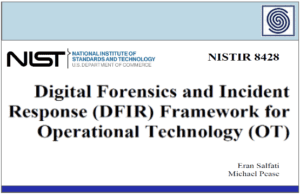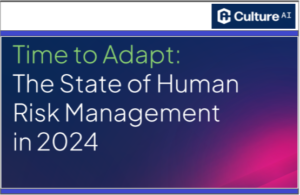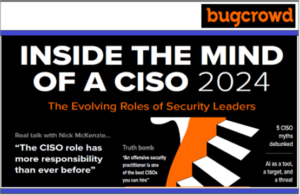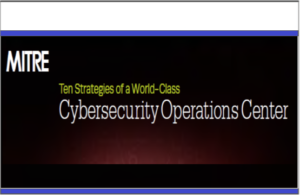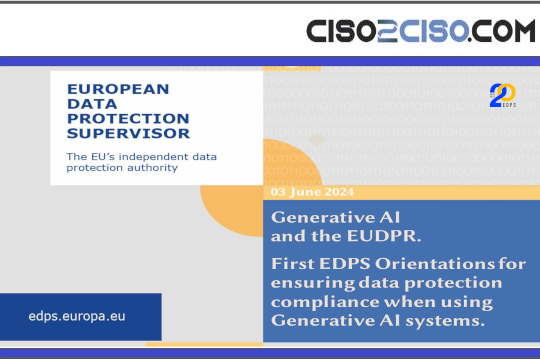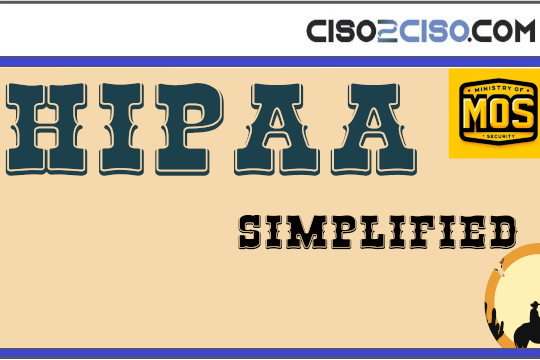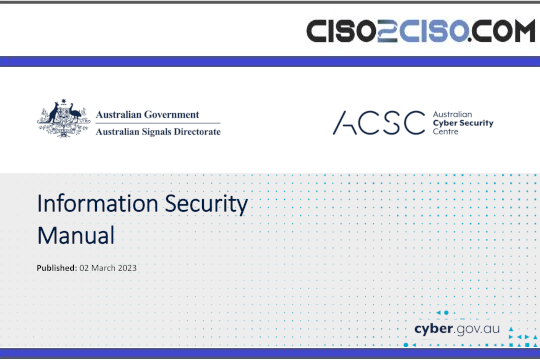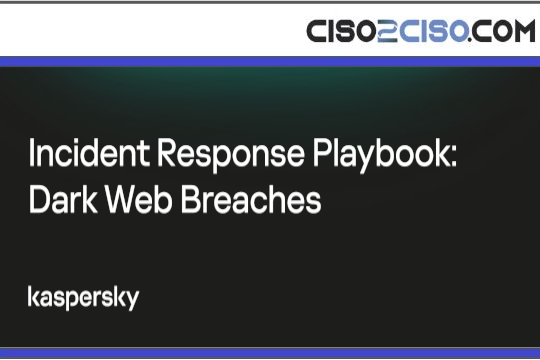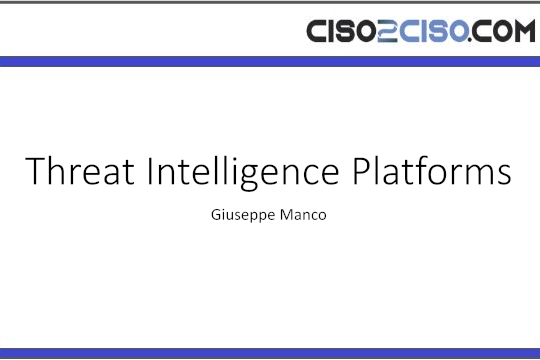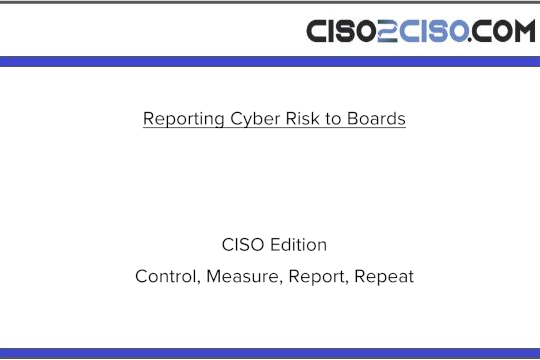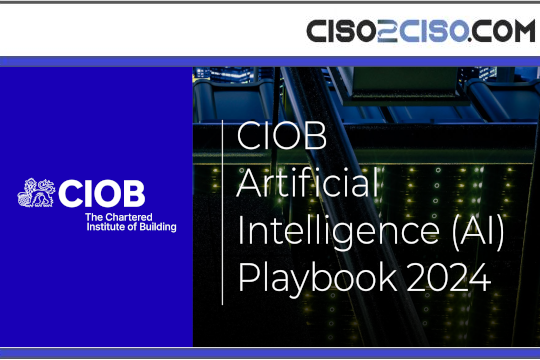Source: www.lastwatchdog.com – Author: bacohido

By Byron V. Acohido
Gen-AI disruption is real. It’s profound, high-stakes, and unprecedented. It’s also accelerating — faster than any technological shift in recent memory. But beneath the hype and uncertainty, a distinct set of rhythms is beginning to emerge.
 That’s what I’ve come to believe, after two years of covering this space closely. I’ve interviewed dozens of practitioners, parsed a steady stream of white papers and product briefs, and tested the tools myself. And I keep circling back to the same observation: there is a pattern forming in how Gen-AI is reshaping work. A cadence. One that’s still gelling, still hard to pin down, but undeniably taking shape.
That’s what I’ve come to believe, after two years of covering this space closely. I’ve interviewed dozens of practitioners, parsed a steady stream of white papers and product briefs, and tested the tools myself. And I keep circling back to the same observation: there is a pattern forming in how Gen-AI is reshaping work. A cadence. One that’s still gelling, still hard to pin down, but undeniably taking shape.
It hasn’t been easy to name. Too much of the discourse is muddied by hyperbole — utopian promises, dystopian warnings, and layers of corporate-speak cloaking half-baked announcements. Add to that the intensifying churn of geopolitics, regulatory uncertainty, and active adversarial threats, and it’s no wonder that the broader narrative around Gen-AI often feels disjointed and contradictory.
And yet, in the trenches — especially in cybersecurity — the pattern is there. I’ve sensed it building. I just couldn’t quite articulate it.
That is, until an offhand comment at Black Hat USA 2025 snapped it into focus.
He wasn’t talking about strategy decks or product vision. He was talking about his own daily workflow — how Claude and ChatGPT have freed him from the tedium of low-level implementation, enabling him to operate as one of his team’s software architects.
We had just finished dessert at a private dinner for a handful of journalists and consultants, hosted by 360 Privacy, a boutique intelligence firm specializing in digital footprint suppression for high-net-worth individuals. I struck up a conversation with their CTO, Brandon Hamric, to ask him to drill down on a comment he had made earlier — alluding to how he, personally, codes today.
He wasn’t talking about strategy decks or product vision. He was talking about his own daily workflow — how Claude and ChatGPT have freed him from the tedium of low-level implementation, enabling him to operate full-time as a software architect. Not by handing off specs to junior engineers, but by prompting, testing, and iterating directly — building entire frameworks conversationally, across multiple parallel terminals, in real time.
“Typing is the bottleneck now,” he told me, half amused.
It landed like a bell ringing. What Brandon described didn’t just echo what I’d heard in other interviews — it crystallized the pattern I’d been trying to put a finger on. A shift in tempo. A new loop taking hold: prompt, test, refine, ship — compressed from weeks into hours.
The perfect fit cadence
This cadence — the loop of prompt, test, refine, ship — can now be executed by a single, savvy human utilizing conversational language to guide LLMs through what used to be multi-step, team-driven workflows. In many cases, it replaces the work of an entire stack of junior and senior analysts. It’s tailor-made for cybersecurity.
No other domain sits atop such deep and continuous data lakes: logs, alerts, packet captures, firewall events, endpoint telemetry, identity maps, API calls. The bottleneck has always been human bandwidth. There are never enough analysts to triage the flood. Tasks like alert correlation and root-cause analysis have traditionally fallen to entry-level staff — often thankless, often performed inconsistently, and always under pressure.
 LLMs slot into that gap. They digest oceans of semi-structured data, suggest correlations, and flag anomalies. Humans then apply judgment. The fit is natural, almost inevitable. In an era of open-source components, Kubernetes clusters, and widely shared APIs, this new cadence smooths the weak points of DevOps itself.
LLMs slot into that gap. They digest oceans of semi-structured data, suggest correlations, and flag anomalies. Humans then apply judgment. The fit is natural, almost inevitable. In an era of open-source components, Kubernetes clusters, and widely shared APIs, this new cadence smooths the weak points of DevOps itself.
For cybersecurity, it feels less like disruption than relief. A long-standing bottleneck — too much telemetry, not enough trained eyes — is finally yielding.
But then, almost as an aside, Brandon mentioned something else: this wasn’t just how his red team was working. It was how his engineering team was now building software, full stop. And not just his team — the entire development ecosystem. The same loop. The same acceleration. The same shift in what it means to be productive.
That’s when it hit me: this wasn’t just a good fit for cybersecurity. It was becoming the new baseline of modern software development — a new cadence that frees up human creativity by streamlining the grind.
Coding’s new baseline
And now the lens widens — the new cadence has moved beyond cybersecurity into software development at large.
What used to feel novel is now the baseline. Developers are using AI to scaffold services, generate tests, refactor legacy code, draft change summaries, and speed up CI/CD reviews. Adoption is surging: the 2025 Stack Overflow survey shows 84% of developers use, or plan to use, AI tools, up from 76% in 2024. Yet only 29% trust the accuracy of their results—a steep decline, underscoring how essential human oversight remains.
 This shift is being formalized in enterprise stacks—Google’s Gemini Code Assist, GitHub Copilot, and AWS CodeWhisperer are now baked directly into repos and build pipelines. Meanwhile, a recent Canva/TechRadar study finds 92% of tech leaders approve these AI tools, and 78% of devs use them daily.
This shift is being formalized in enterprise stacks—Google’s Gemini Code Assist, GitHub Copilot, and AWS CodeWhisperer are now baked directly into repos and build pipelines. Meanwhile, a recent Canva/TechRadar study finds 92% of tech leaders approve these AI tools, and 78% of devs use them daily.
And the productivity gains are real: controlled trials show task completion speeds improving by roughly 55% with Copilot, and a CodeWhisperer study reports 57% faster completion and 27% higher task success rates. Internally, companies are building at scale. For instance, Salesforce’s CodeGenie engine has already produced millions of accepted lines of code, revolutionizing how their teams ship.
These trends mirror what Brandon described—AI handling the repeatable layers, freeing humans for judgment, creativity, and complexity. The code ship cycle that once took weeks is collapsing into hours.
The substitution cadence
If Brandon’s cadence is about elevating human skill, the boardroom version tells a starker story. In late July, Microsoft CEO Satya Nadella addressed “recent job eliminations” in a company-wide memo. He framed them as part of an AI-driven “production function,” calling this moment an “enigma of success.” Microsoft is thriving—record profits, surging AI investment—yet “we’ve undergone layoffs.” He urged employees to “unlearn and learn” as the company reimagines every layer of the stack.

The numbers are telling: over 15,000 roles cut this year, including 9,000 in July—about 7% of Microsoft’s global workforce. Press summaries and internal briefings cited “AI transformation” as a driver, even amid strong financials. The logic was clear; the language, cold and familiar: reallocate, streamline, boost efficiency. This is a substitution cadence: compress mid-tier knowledge work, redirect capital to AI agents and infrastructure, boost shareholder profits, raise executive compensation.
And Microsoft isn’t alone. Amazon’s Andy Jassy forecasted that AI will reduce the corporate workforce over the coming years. Salesforce CEO Marc Benioff disclosed that 4,000 support jobs were eliminated and replaced by AI agents now handling roughly half of customer interactions. These aren’t edge cases—they’re flagship firms saying the quiet part plainly.
The pattern is rippling outward. According to the U.S. Bureau of Labor Statistics, federal government employment declined by 15,000 jobs in August, contributing to a cumulative loss of 97,000 federal positions since January.
 Beyond these headline payroll figures, job?cut announcements surged. Outplacement firm Challenger, Gray & Christmas reports approximately 86,000 job?cuts announced in August, a 39% increase from July and the highest August total since the pandemic?hit year of 2020.
Beyond these headline payroll figures, job?cut announcements surged. Outplacement firm Challenger, Gray & Christmas reports approximately 86,000 job?cuts announced in August, a 39% increase from July and the highest August total since the pandemic?hit year of 2020.
AI-driven “efficiency” is cited alongside inflation and macro shifts. Professional services and IT are under pressure; banks are projecting deep cuts as automation reshapes operations. Even the public sector is slimming down: federal job cuts are now visibly dragging on monthly payroll data.
This cadence is defined by who retains agency. In Brandon’s world, AI removes grunt work and elevates human judgment. In this one, AI replaces judgment and narrows participation. Corporate memos talk of primitives, platforms, and scale—but the result is fewer mid-level seats and a faster pivot to machine-led workflows. Nadella’s paradox—thriving firms cutting staff while promising AI for “every person”—has become the new norm.
The wildcard cadence
But there’s a third cadence emerging — one rooted in decentralization, community, and human agency. Think less boardroom, more kitchen table. Less corporate playbook, more personal initiative.
 Take, the hyper-local radio station that my son Landon Acohido and his wife Kristen Ferguson spun up from their kitchen table using ChatGPT as a co-pilot. In days, not months, they configured streaming tech, set up a signal path, and began broadcasting local poems, ferry alerts, and neighborhood playlists. “It’s friction that makes it meaningful,” Landon told me. “Anyone can click a playlist. But building it, sharing it with neighbors — that’s the point.” This is a cadence of creation, not efficiency — AI clearing technical hurdles so humans can contribute with taste, care, and context.
Take, the hyper-local radio station that my son Landon Acohido and his wife Kristen Ferguson spun up from their kitchen table using ChatGPT as a co-pilot. In days, not months, they configured streaming tech, set up a signal path, and began broadcasting local poems, ferry alerts, and neighborhood playlists. “It’s friction that makes it meaningful,” Landon told me. “Anyone can click a playlist. But building it, sharing it with neighbors — that’s the point.” This is a cadence of creation, not efficiency — AI clearing technical hurdles so humans can contribute with taste, care, and context.
Kristen is a singer, musician, songwriter and teacher. To help her mom and aunt pursue dual citizenship in Greece, she used ChatGPT to navigate Greek civil records, translate forms, identify legal nuances, and even draft letters, culturally attuned, for their dual-citizenship application. No law firm. No corporate-sanctioned co-pilot. Just an ordinary human reclaiming agency with a tool.
The pattern shows up in local journalism too. Smaller newsrooms are deploying AI to triage council agendas, transcribe meetings, and flag issues — freeing reporters to focus on verification, storytelling, and local impact.
In municipal services, cities like Yokosuka in Japan have put ChatGPT on city employees’ desktops to draft routine documents — not to scale across millions, but to thoughtfully improve local service.
Small businesses are in this cadence too. A New Jersey gown distributor, Amarra, cut content creation time by 60% using ChatGPT for product descriptions and slashed overstock by 40% via AI-powered inventory tools; their chatbots now handle 70% of inquiries. In the UK, a recent TechRadar feature notes that 77% of small firms report improved productivity within three months of adopting AI — prompting £470 billion in growth potential for the national economy.
 Even in deeply personal contexts, this cadence is visible. Individuals facing terminal illness are using services such as Eternos and StoryFile to record interactive legacies — preserving voice, stories, and character for loved ones in digital form. One striking example comes via the New York Times profile of Peter Listro, who used StoryFile to leave behind an interactive memory that his granddaughter might one day revisit in her own questions and terms.
Even in deeply personal contexts, this cadence is visible. Individuals facing terminal illness are using services such as Eternos and StoryFile to record interactive legacies — preserving voice, stories, and character for loved ones in digital form. One striking example comes via the New York Times profile of Peter Listro, who used StoryFile to leave behind an interactive memory that his granddaughter might one day revisit in her own questions and terms.
These grassroots uses share a common thread: real humans using AI to fill gaps where institutions miss — not replace them. It’s the prompt-test-ship loop at its most authentic scale, grounded in purpose, place, and human intent.
And perhaps, as the Big Tech substitution cadence shrinks opportunity, this grassroots cadence isn’t just a footnote — it may turn out to be the unexpected driver of redistributing agency back through the cracks of innovation.
Which cadence carries forward?
In the short term, the substitution cadence will dominate headlines. It has the capital, the comms teams, and the logic of scale. Efficiency sells. Layoffs scale. And today’s tech infrastructure makes consolidation feel inevitable.
 But the other two cadences—the fit cadence in cybersecurity and software, and the wildcard cadence rising from kitchens, clinics, and city halls—are already proving more human, more durable, and more generative.
But the other two cadences—the fit cadence in cybersecurity and software, and the wildcard cadence rising from kitchens, clinics, and city halls—are already proving more human, more durable, and more generative.
One lifts the ceiling on what small, expert teams can do. The other gives ordinary people new ways to participate—and to reshape work, care, and community on their own terms.
All three cadences are in motion. But only two widen access. Only two keep judgment, trust, and local context in the loop. Only two make the system more legible—and more humane.
And those two are spreading.
As a field reporter, I see them gaining ground in places the old playbook forgot. Small teams building better, faster. Neighbors broadcasting again. Clinicians writing less and listening more. Burned-out workers rediscovering small joys in their craft.
That’s the turn. Not just AI as disruption—but AI as reentry. As repair.
If we name these cadences clearly, we can more wisely choose which ones to follow and scale. The question isn’t which cadence wins. It’s which ones we carry forward—and what kind of future we want to move in rhythm with.

Acohido
Pulitzer Prize-winning business journalist Byron V. Acohido is dedicated to fostering public awareness about how to make the Internet as private and secure as it ought to be.
(Editor’s note: I used ChatGPT-4o to accelerate and refine research, assist in distilling complex observations, and serve as a tightly controlled drafting instrument, applied iteratively under my direction. The analysis, conclusions, and the final wordsmithing of the published text are entirely my own.)
September 10th, 2025 | My Take | Top Stories
Original Post URL: https://www.lastwatchdog.com/my-take-the-workflow-cadences-of-genai-whats-being-lost-whats-starting-to-be-reclaimed/
Category & Tags: My Take,Top Stories – My Take,Top Stories
Views: 2






